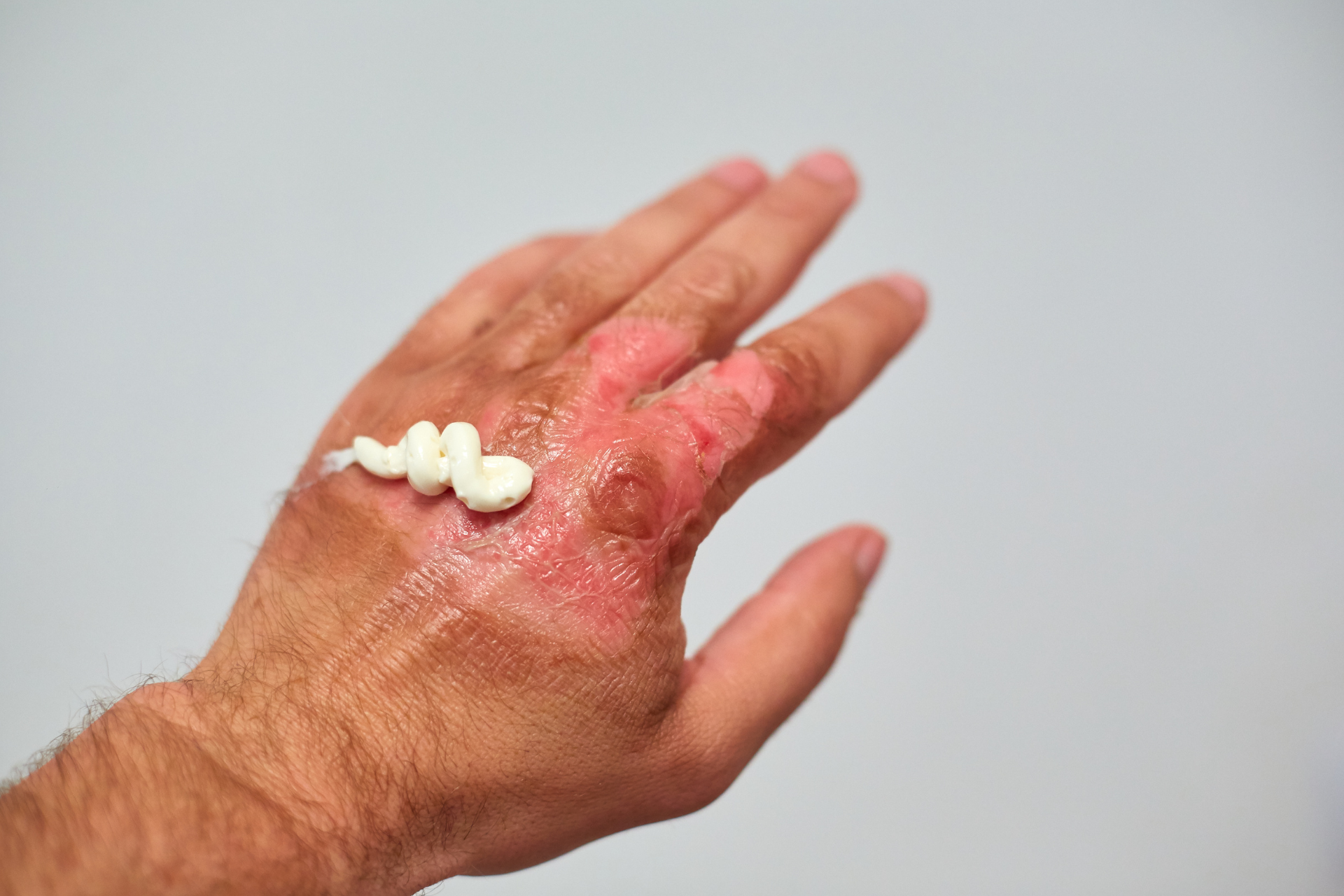How to Soothe and Treat Minor Burns and Cuts at Home

Welcome to the Fall Creek Skin and Health Clinic blog! Today, we're sharing tips on how to effectively soothe and treat minor burns and cuts at home. While it's always recommended to seek medical attention for more serious injuries, having some basic knowledge of first aid can come in handy in everyday situations. Let's dive in!
1. Assess the Severity
Before treating any burn or cut at home, it's essential to assess the severity of the injury. Minor burns and cuts are characterized by redness, swelling, and pain, while more serious burns may involve blistering and skin charring. If the burn or cut is deep, covers a large area, or shows signs of infection, seek medical help immediately.
2. Clean the Wound
For cuts, the first step is to clean the wound with mild soap and water. Gently wash away any dirt or debris to prevent infection. Pat the area dry with a clean cloth or sterile gauze. Avoid using hydrogen peroxide or alcohol, as they can further irritate the skin.
3. Apply a Cool Compress
For minor burns, immediately run the affected area under cool running water for at least 10-15 minutes to help reduce pain and swelling. Avoid using ice directly on the burn, as it can damage the skin. A cool, damp cloth or a cold pack wrapped in a towel can also provide relief.
4. Protect the Wound
After cleaning the cut or burn, apply a thin layer of antibiotic ointment to help prevent infection. Cover the wound with a sterile bandage or gauze to keep it clean and protected. Change the dressing regularly to promote healing and prevent bacteria buildup.
5. Natural Remedies
Certain natural remedies can help soothe minor burns and cuts as well. Aloe vera gel has anti-inflammatory properties that can aid in healing and reduce pain. Lavender essential oil is known for its antiseptic qualities and can be diluted with a carrier oil and applied to the wound.
6. Pain Relief
Over-the-counter pain relievers like acetaminophen or ibuprofen can help alleviate pain and inflammation associated with burns and cuts. Follow the recommended dosage instructions and consult with a healthcare provider if you have any underlying health conditions.
7. Keep the Wound Clean
Proper wound care is crucial for healing. Wash your hands thoroughly before treating the wound to prevent infection. Avoid picking at scabs or peeling skin, as this can delay the healing process and increase the risk of scarring.
In conclusion, knowing how to properly treat minor burns and cuts at home can help alleviate discomfort and promote faster healing. However, it's essential to seek medical attention if the injury is severe or shows signs of infection. At Fall Creek Skin and Health Clinic, we provide comprehensive care for a wide range of skin-related problems and general practice issues. Contact us today for professional medical assistance and personalized treatment options. Stay safe and take care of your skin and health!
Remember, prevention is key, so always take precautions to avoid burns and cuts in the first place. Thank you for reading, and stay tuned for more informative articles from Fall Creek Skin and Health Clinic!
If you found this information valuable, please share it with your friends and family. And if you have any questions or would like to schedule an appointment, don't hesitate to reach out to us at Fall Creek Skin and Health Clinic.




